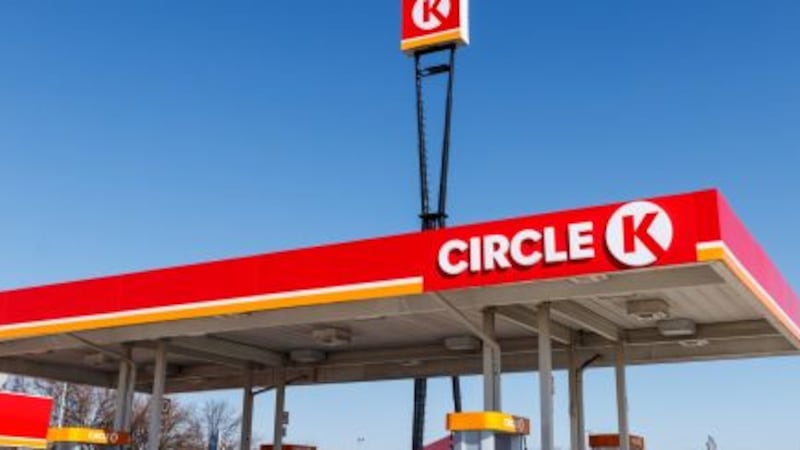The turning of the seasons was readily apparent as we plodded across the grounds of Stradbally House last Sunday afternoon. Electric Picnic groggily roused itself around us for its final evening, as the mud generated by earlier downpours sucked at our boots while the late summer sun blazed down and a strong breeze blew across the tents, stalls and stages. It all felt like a return to autumnal normality after three long years.
Traditionally, the first weekend of September marks the start of the academic year, the end of the outdoor concert months, and the beginning of the most important season for theatres, concert halls and any other form of entertainment that has a roof over it. (This year’s calendar is more elastic, with the small matter of 400,000 people descending on Croke Park this weekend and next for Garth Brooks.)
In any case, this week we embark on the first “traditional” cultural autumn for three years. The Dublin Fringe Festival begins today and the capital’s theatre festival isn’t far behind. The doors are open. The lights are on. Roll up, roll up.
The return to normality is also reflected this weekend with the relaunch of Ticket as a stand-alone supplement for print readers of The Irish Times. Both online and in print, we need that additional space to reflect and explore the full range of what’s now going on in theatre, music, literature, film and art. It’s good to be back.
READ MORE
The word is that there’s still some resistance, particularly among older people, to the idea of spending a couple of hours in a crowded theatre
A time traveller from September 2019, therefore, might look around at the cultural landscape and conclude that nothing significant had occurred in the intervening years. All those long months of lockdown? All those cancelled shows? The online experiments? The shivery outdoor productions? Never happened. We’ve moved on.
But, as in many other walks of life, profound changes have taken place under the surface, some of which we won’t understand for a while yet. There’s unease among venues, for example, about the fact that audience numbers have not yet returned to pre-pandemic levels, particularly for theatre and music. The word is that there’s still some resistance, particularly among older people, to the idea of spending a couple of hours in a crowded theatre. And there’s also nervousness about the winter ahead and the potential flu/Covid twindemic that some health experts predict.
As if that weren’t enough, the cost-of-living and energy crises threaten to put significant downward pressure on discretionary spending. The canaries in the coal mine are the big streaming services, whose subscriber numbers are stagnating or falling as punters cut back on their monthly spending. It generally takes a while for such forces to feed through to ticket sales, although numbers at last month’s Edinburgh Fringe were 25 per cent down on 2019, and the organisation representing the city’s venues has said the drop represents a “major threat” to their future financial viability.
Astronomical accommodation costs (not a problem unheard of in Ireland) were blamed for some of the fall, but commentary on this year’s Fringe also pointed to a certain jadedness with an event whose format has remained much the same for more than a decade.
Changed habits
It should not come as a surprise if audience expectations have changed over the course of the pandemic, and if previous loyalty can’t be taken for granted. People had more than two years to change their habits, and they probably have their own ideas about what sort of normality they want to return to. It will take a while to see if similar patterns are repeated in Ireland. But some venues have already cautiously acknowledged there might be an issue.
If you got out of the habit of going into town when everything was closed, you may be less likely now to attend a cinema, theatre or gallery there
“As is the case with our colleagues across the sector, we do not expect to see our box-office returns to match pre-Covid at this point,” a spokeswoman for the Abbey Theatre said last week following the publication of the theatre’s 2021 accounts. “We have worked hard to ensure our audience’s safety throughout Covid and have been pleasantly surprised by the speedy return of a large part of our audience. We understand others need more time and we are keen to welcome them when the time is right. We need them and their support and we expect to see our audiences continue to grow over the next 12 months.”
Social changes sparked by Covid – in particular remote working and the flight from urban centres – often map closely onto traditional patterns of cultural consumption. If you got out of the habit of going into town when everything was closed, you may be less likely now to attend a cinema, theatre or gallery there. Reversing that trend is a challenge, but not necessarily an insuperable one. Lockdown caused many of us to reflect on the uniqueness of the communal live experience. The trick now is to remind everyone of that while remaking that experience in new and exciting ways.















